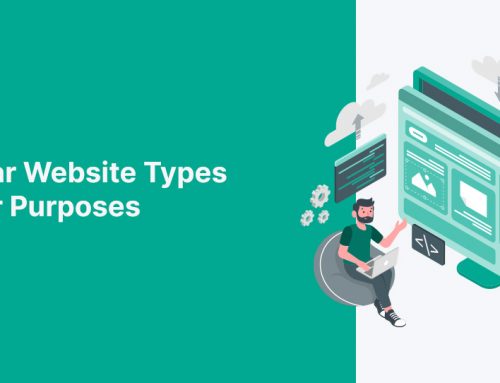So you’ve finally gotten around to creating your first website. You’ve thought about the name, carefully selected your photos, written and rewritten and gotten just about everyone you know to proofread your content.
You’ve saved money by using a subdomain. Selected keyword-rich headlines that should attract a stream of visitors. You’re live. This is big. You link your website to all your social media accounts, send out an email to your entire contact list, wait a little bit, and then eagerly hit refresh on your analytics page.
Nothing.
You pause. Wait some more. Still, no clicks. You change your pictures, modify your content, tweak your layout, only to find that your site is still trapped in search engine purgatory.
What you may not realize is that the problem isn’t your website itself, but the domain name housing it. In this case, you’ve committed the cardinal sin of website building: you’ve selected a subdomain.
If you’re lost on the distinction between a subdomain and a domain, here’s what they look like.
A subdomain lets you add content before your domain name:
Blog.mywebsite.com
While a traditional domain has only your selected name:
Yoursitename.com
You’ll notice that all established companies opt for the latter. There’s a reason for that. Even though they might cost more, domains layer on professionalism in ways that subdomains are simply incapable of doing.
CNN, for example, runs their website on WordPress, one of the most popular content management systems in the market. Can you imagine what would happen if CNN showed up as cnn.wordpress.com as opposed to cnn.com? It doesn’t matter that the same recognizable acronym is evident in both. All that matters is that a domain without WordPress in it is instantly more professional.
To put it simply, subdomains look cheap. There’s no sugarcoating that. You may as well stick a sign on top of your site that says it came from a template, and a free one at that. You want to build a relationship with your site’s users, and the core tenant of that relationship is trust. They need to be able to trust that you know what you’re doing, and that you can offer them the very best of it. To do that, they have to believe you’re the best of the best. If your competitors are sporting catchy domain names and you’re not, odds are that users are more likely to choose them over you (even if you are much better at what you do).
That’s the other thing with subdomains – they are simply too long to remember. They become desaturated by those extra letters. While you’re developing your brand, you want your name to become stitched into people’s neurons. You may just be starting out, but so were Apple, Nike and Amazon at some point. Through the right marketing, they were able to build their brands into something that everyone goes to without a flicker of hesitation. Domain names help with that.
To further complicate matters, subdomains usually prohibit you from full formatting freedom. Your site will have limits in its functionality and customization, as well as the amount of bandwidth it can boast.
That means your website might end up being glitchy and error-ridden if you try to fill it with too many videos and photos. And the only thing people dislike more than subdomains is slow-loading websites.
Now, don’t get us wrong, subdomains can be beneficial in certain situations. If you already have an established domain name and want to add a supplemental, differently designed section to your website, then a subdomain will be more than fitting. Many websites use subdomains when they create blogs, multinational companies do it when target their websites to different countries, and even Google does it with their AdWords page.
However, if you’re starting from scratch and need to build your site into one with clout and esteem, then subdomains will only serve as a barrier between the people of the internet and you.
Shakespeare once posed the question of “What’s in a name,” and in this case, we would say that the answer is a lot more than you might think.
Takeaway:
- Subdomains make your site look unprofessional and take away its credibility
- If your competitors have a domain and you don’t, people are more likely to go to them
- Subdomains are too long to remember
- Subdomains limit website formatting




![10 Reasons Why Your Startup Will Mostly Fail [case studies]](https://25457140.fs1.hubspotusercontent-eu1.net/hub/25457140/hubfs/Imported_Blog_Media/24-10-Reasons-Why-Your-Startup-Will-Mostly-Fail-Header-500x383-Oct-02-2023-10-58-06-4774-AM.jpg?width=500&height=383&name=24-10-Reasons-Why-Your-Startup-Will-Mostly-Fail-Header-500x383-Oct-02-2023-10-58-06-4774-AM.jpg)

![How to Make Your Wuilt Website [with Steps]](https://25457140.fs1.hubspotusercontent-eu1.net/hub/25457140/hubfs/Imported_Blog_Media/37-En-header-500x383-Oct-02-2023-10-57-54-4143-AM.jpg?width=500&height=383&name=37-En-header-500x383-Oct-02-2023-10-57-54-4143-AM.jpg)




Leave A Comment